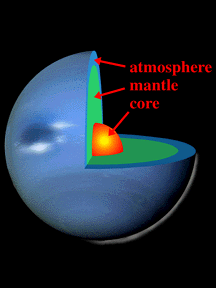This is a schematic of the interior of Neptune.
Click on image for full size
An Overview of Neptune's Interior
The Giant planets do not have the same kind of structure inside that the terrestrial planets do. Their evolution was quite different than that of the terrestrial planets, and they have much more gas and ice inside.
Neptune's interior composition is primarily that of methane ice, just as Uranus' is.
Motions in the interior of Neptune contribute to the formation of the magnetosphere of Neptune. Heat generated within Neptune contributes to the unusual strength and motions of the atmosphere.
You might also be interested in:

Motions in the interior of a planet helps to carry heat from the core to the planet's surface. The drawing to the left illustrates a kind of global motion that is typical of motions in the atmosphere as
...more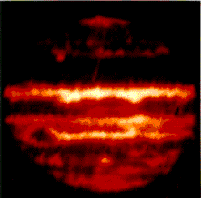
In astronomy, it is a usual procedure to calculate the luminosity of a star, and this calculation indicates the energy and the temperature of the star. When the luminosity of the outer planets was calculated,
...more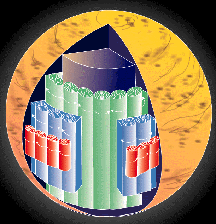
Motions, or currents in the interior of a gas-giant planet such as Neptune may be very different from the motions typical of the Earth's interior. A second idea for the motions in the interior of a gas-giant
...more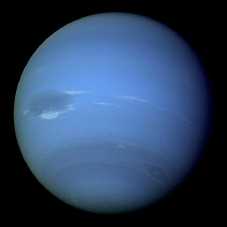
If you had a quiz question in school that asked what year Neptune was discovered, you'd probably choose 1846. But Neptune wasn't discovered the way all the other planets in our solar system were. Astronomers
...more
Neptune's atmosphere shows a striped pattern of clouds. This cloud pattern is very similar to that of Jupiter and Saturn. Neptune even has a Great Dark Spot similar to Jupiter's Great Red Spot. The structure
...more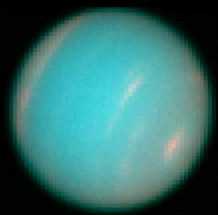
This image shows the new Great Dark Spot of Neptune, which was discovered using the Hubble Space Telescope. The image shown here, shows a "hole" in the clouds of Neptune in pink, in the northern hemisphere,
...more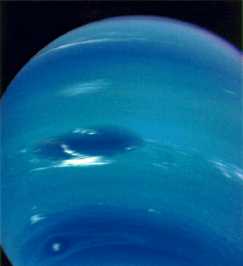
Atmospheres of the giant planets have definitely evolved from their formation out of the primitive solar nebula. How much they have evolved remains to be seen, however. Because of their enormous gravity,
...more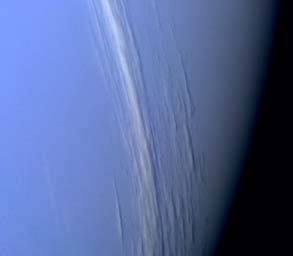
This image shows some cirrus clouds, extending for many kilometers across the disc of Neptune. These clouds are somewhat high up, for they can be seen to cast shadows on the lower clouddeck, which is 35
...more


